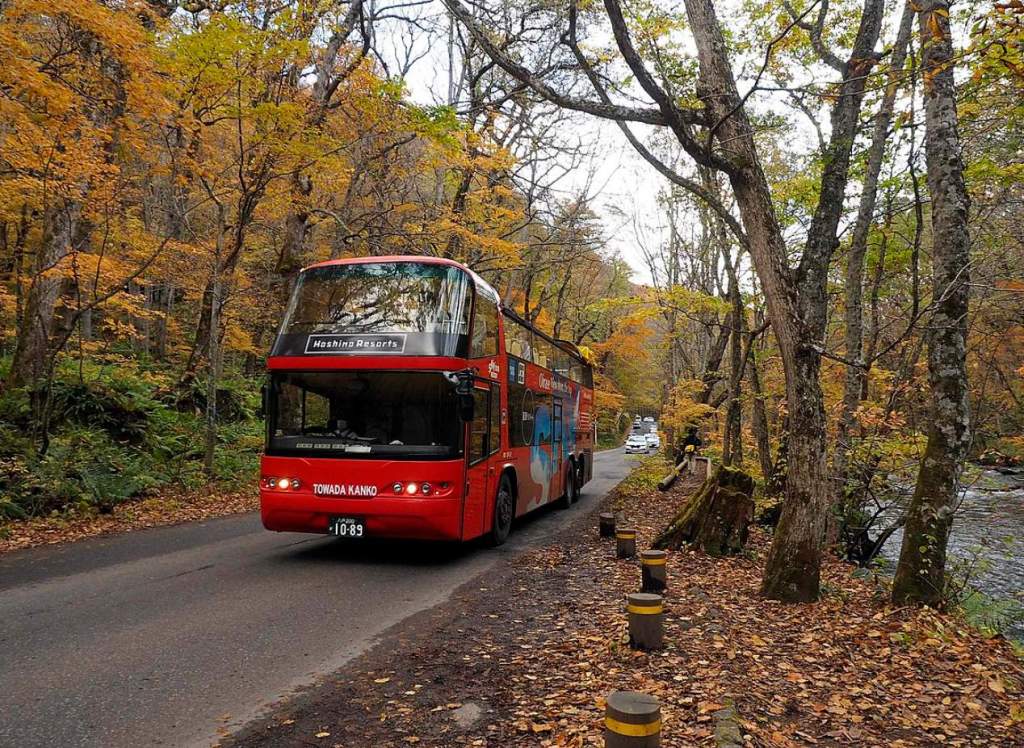here is an area in Caledon, referred to as the Cheltenham Badlands. This 0.4 square kilometer area is characterized by barren, windswept red hills and gullies displaying colorful clays, red scoria, and narrow greenish bands. Natural causes such as wind and water erosion did not cause the Cheltenham Badlands. Since it is one of the best examples of “badlands topography” in Ontario, this site is a Provincial Earth Sciences Area of Natural and Scientific Interest (ANSI).
The Cheltenham Badlands are about 3.8 km west of Highway 10 on Olde Base Line Road near the villages of Inglewood and Cheltenham. It is sometimes called the Chinguacousy Badlands or Red Clay Hills. Human intervention caused the formation of the badlands.
A sea that has existed for more than 400 million years shaped the impressive landscape. A layer of limestone, sandstone, sand, and gravel covered the reddish Queenston Shale for thousands of years until overgrazing and poor farming practices exposed it in the early 1900s.
Originally settled by Native Americans and Canadian settlers, this area was once a fertile region. In addition to growing wheat, potatoes, and peas, it was used as pasture and an apple orchard. As a result of heavy use of the land for grazing, the soil was depleted, which diminished the vegetation on the land. The shale beneath was eventually exposed by erosion.
Because shale is impermeable, water runs over it, taking sediments and cutting the shale into pieces. It’s not only erosion that has shaped the badlands, but it has also given them their unique color. Upon exposure to oxygen and water, iron oxidizes, resulting in a red color. Green streaks result from groundwater percolating through red iron oxide and changing it to green iron oxide. Three drainage areas are present in this area, which is highly drained. It is primarily due to infilling from transported and deposited eroded material that the slopes in the upper areas of the site are steeper than those in the lower areas.
There have been people walking on the formation from all over Canada, further stressing the fragile landscape. The Badlands site was fenced off and closed to the public in 2015. It is a protective measure to stop further erosion caused by the increasing number of visitors. The site was re-opened in 2018 after some protective measure.
Read More – The Natural Smoking Hills of Canada











